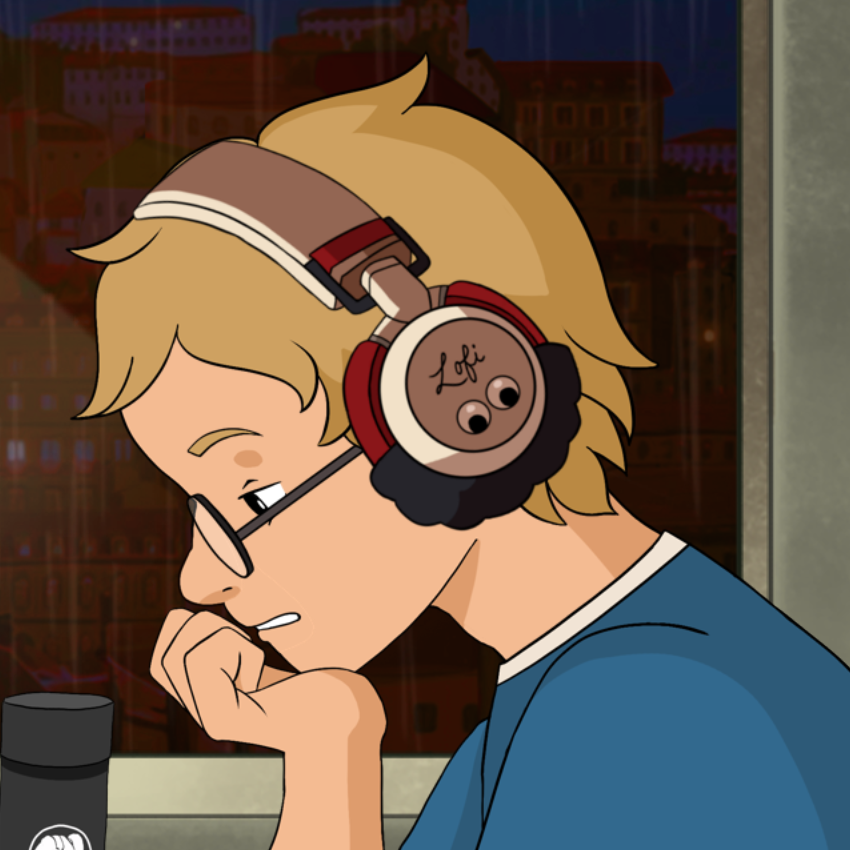
- 0 Posts
- 143 Comments


I’m well aware of these. Winget is a disaster of a package manager. All of them just download and run conventional installers with none of the tidiness you get with real package managers on systems actually designed for them. It’s fun watching winget update an app that already updated itself. Do any other GPU vendors typically distribute their drivers through winget?
But the real answer here is Windows Update, which Nvidia does publish drivers through. But not game ready versions, only WHQL certified builds.


A lot less work for developers, smaller game sizes, and map and game design no longer needing to be built around the onerous limitations of raster lighting and reflections.
Ray tracing is a bigger deal than most people realize. It feels like a gimmick because the games that support it today are still ultimately designed around rasterization.
Path-traced lighting in particular is a huge game changer, and means developers will no longer have to choose between rudimentary global dynamic lighting and very static and storage-intensive baked lighting. You can get the benefits of both without the drawbacks of either, assuming the hardware is up to snuff.
It can be a good experience, depending on the kinds of games you play and your tolerance for input latency. Don’t go in expecting a miracle and you might be surprised how good it is.
The best experience I’ve had so far is with an Apple TV running Steam Link. My Xbox controller is also able to connect to my PC through the floor just fine, which i find helps a bit with the lag compared to pairing it with the Apple TV.


the play store, like other download stores, provides discoverability, trust, and all the infrastructure to distribute and automatically update your software products.
this is not a worthless service, otherwise publishers wouldn’t have flocked to Steam on Windows in the late ‘00s/early ‘10s. only the very biggest ones like EA and Ubisoft felt like they could make more money by rolling their own.
this doesn’t justify using anticompetitive practices to maintain your market position, but there is real value being provided there.


It’s confusing to you that manufacturing, shipping, and selling physical copies of a game was more expensive than digital distribution?
That is not what is confusing to me.
Digital distribution is the norm and everybody knows you don’t need 30% to make it sustainable.
I’m not sure I buy this. Epic’s 12% is the bare minimum just to cover basic infrastructure costs for distributing modern AAA games. It doesn’t even include transaction fees, which vary based on which payment method the user selects (whereas Steam and other storefronts eat these as part of their 30% cut).
Simply sustaining your existing platform is also not enough. Where Epic runs a barebones storefront and client with little in the way of useful features beyond “download game and keep it updated”, storefronts like GOG and Steam take their actual profit and re-invest it in improving their platform for everyone. Think of all the time and money that goes into making things like Steam Input, Proton, or even GOG themselves fixing up older games for modern PCs.
The fact that it has been 5 years and Epic still hasn’t been able to make their 12% cut break even speaks volumes.


the 30% cut is brutal
This part always confuses me. When Steam started allowing non-Valve games on their storefront, 30% was considered a bargain compared to selling your games at retail. In fact, PC versions of games were often $10 cheaper than their console counterparts specifically because distribution and platform fees were lower. It wasn’t until MW2 came out that PC prices started reflecting console prices.


i’m not defending it. literally the first thing i said was that users shouldn’t have to do this.
and it’s not the tailored experiences, i’m talking about the “feature” that puts web results in the start menu search.
all i did was add some nuance to the conversation and you’re crucifying me over it because i didn’t pile on the circlejerk.


Plenty of great games aren’t janky, those are mostly older games in niche genres.
Fore example, I wouldn’t consider Super Mario World, Doom 2016, or Breath of the Wild to be janky.
Being janky doesn’t mean a game is bad, but it does stop a game from getting a 9 or 10 out of 10 in my book. A game needs to be nearly flawless to get those kinds of scores.


I think there also just seems to be a general recoil of players at what games are costing these days. I’m personally fine with it, but I see what feels like infinite complaining about how greedy … basically every company that isn’t indie is being.
I think this is mostly just the fact that the people who spend the most time on social media are also basically kids with very little spending money. None of my millennial peers even blinked when AAA game prices went up to $70 with the new console generation. We have fairly mature careers and have paid off our student debt by now.
by….not putting their driver on winget?